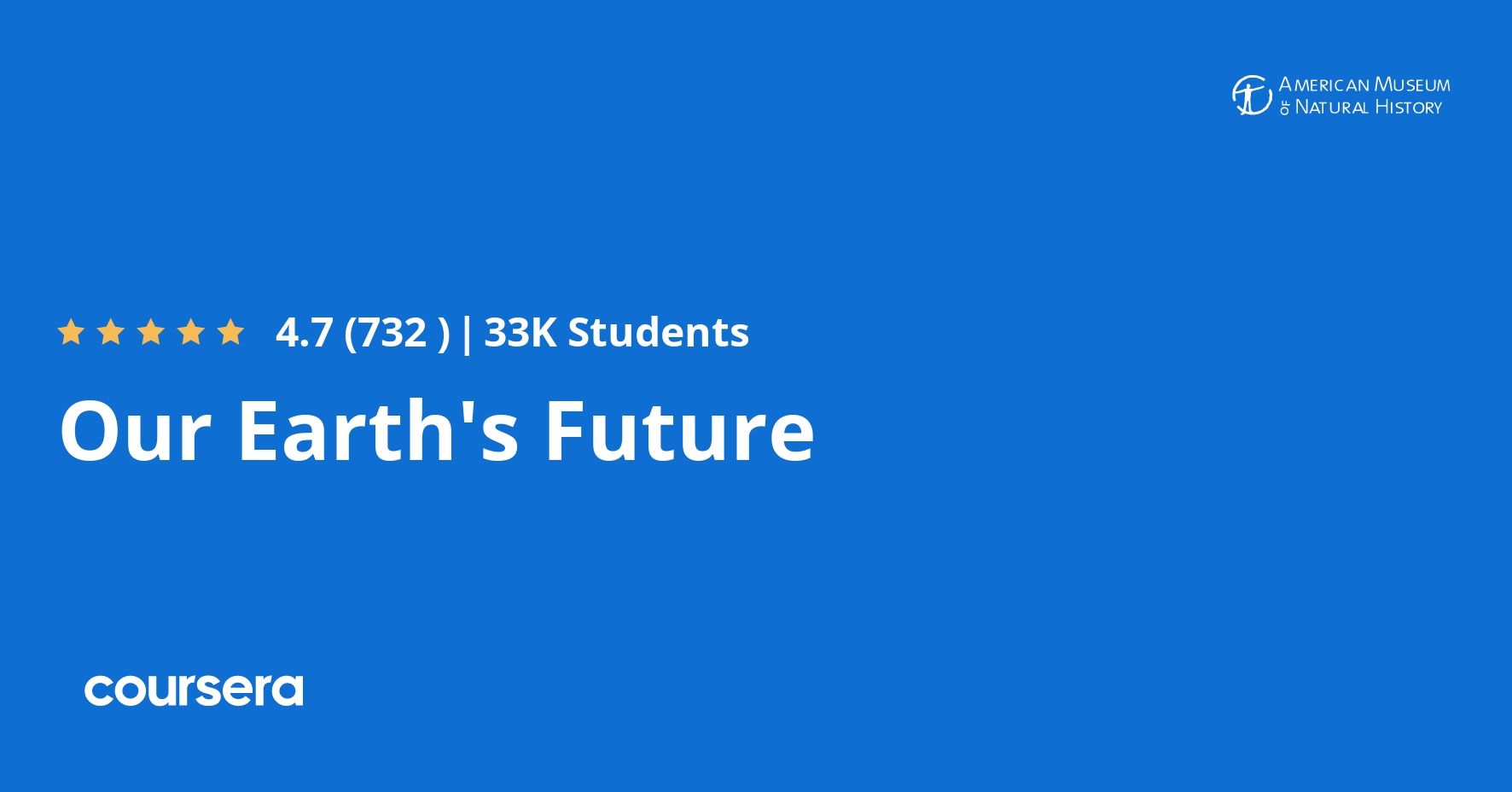Description
Our Earth’s Future is about the science of climate change and how to talk about it. You will learn from scientists in the fields of climatology, oceanography, Earth science, and anthropology who study how climate change is affecting people, populations, and ways of life. Explore the multiple lines of evidence for the human-induced climate change that is happening today, and consider what that means for the future of our planet. At the end of this course you will be able to understand key scientific principles, identify and address misconceptions, and contribute confidently to conversations about climate change.
What you will learn
Climate Change Is Happening: See It
Human-induced climate change is happening. But in order to explore the evidence for this claim, we must first ask two questions: “What is science?” and “What is climate?” Once we understand how science is done and the basic dynamics of the climate system, we’ll focus on how scientists study ice cores, and see how evidence of climate change in the past is fundamental to understanding what lies ahead.
It All Comes Down to the Ocean
Both the ocean’s sheer size – it covers seventy percent of our planet’s surface – and the properties of water make the ocean a major player in Earth’s climate system. An enormous reservoir of heat, the ocean is an important mechanism of heat storage and exchange with the atmosphere, which has important implications for climate change. We’ll focus on one of the consequences of warming: melting of the Greenland and Antarctic ice sheets. How might this melting lead to future sea level rise? Scientists are studying geological records of past warming, and associated sea level rise, to see what the future may bring.
Climate Change is Happening: Model It
An important counterpart to observational evidence is computer modeling, an essential tool for investigating how the climate system works and how it will respond to continued greenhouse gas buildup in the atmosphere. How do we know that a model is accurate? One way is to consider a past event, enter the historic climate data, and see if the model successfully “hindcasts” the event in reasonable detail. Ever more detailed, today’s supercomputer models can even help identify the potential causes of climate events on a regional scale, as climatologist Dr. Michela Biasutti explains using her research on droughts in sub-Saharan Africa.
Living with Climate Change
Climate change is often framed as a future phenomenon, but it’s clear that people are already experiencing the consequences. What are the effects? It depends to some extent on where, and how, you live. For example, in the Pacific Islands, where sea level rise is threatening entire ways of life, communities have come together to prepare. What happens when there’s no place to go? Coastal communities aren’t the only ones at risk; food insecurity may one day threaten us all. And of course, humans are not the only species affected, and some will be at even greater risk in the future.








